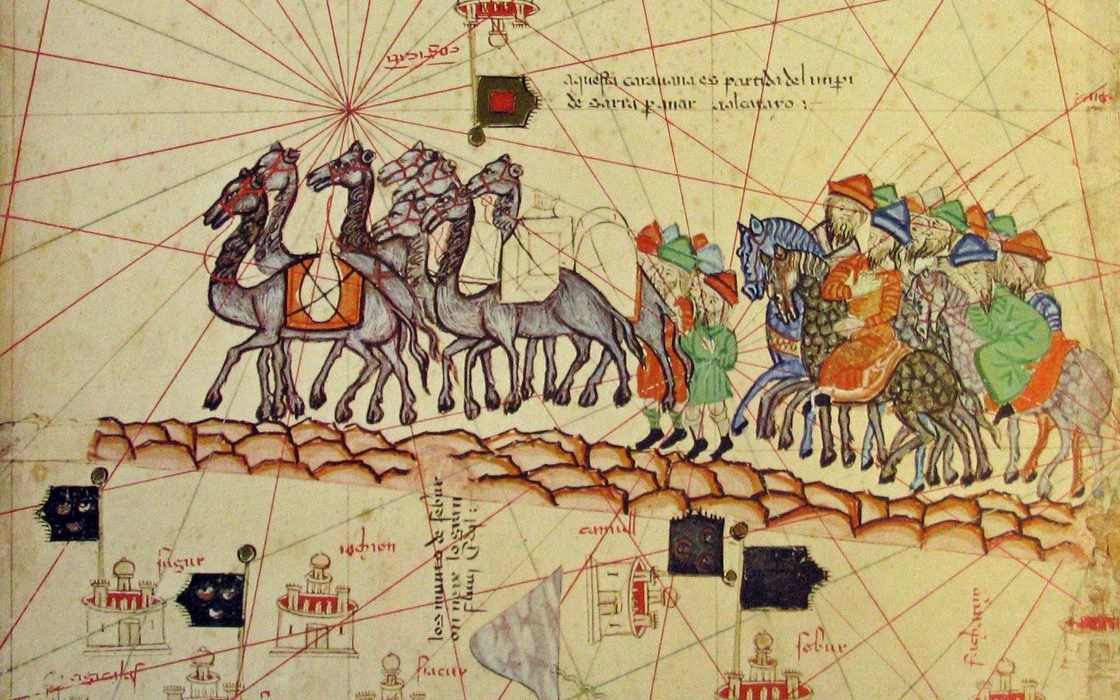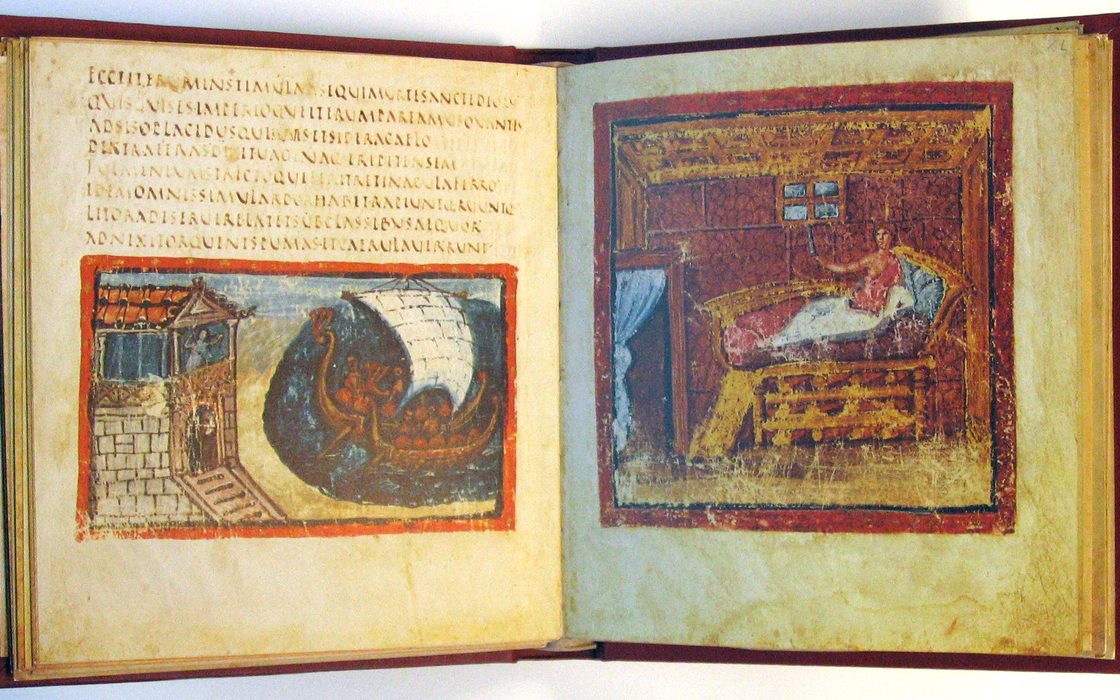Facsimiles Across the Carleton Curriculum
Facsimiles, fine reproductions of rare books, maps, and manuscripts, form an important part of Gould Library’s Special Collections and provide unique opportunities for faculty and students to experience word and image in their original forms. This exhibit, based on a Winter 2002 exhibition in the Library, presents just a sample of the ways faculty and facsimiles come together across the disciplines at Carleton for purposes of teaching and learning.
Guest Curators
Roger Paas
Professor of German
William North
Director of Medieval and Renaissance Studies
Assistant Professor of History
Facsimile n. Abbr. fac., facsim.
1. An exact copy or reproduction, as of a document.
[Latin fac simile, make a likeness: fac, imperative of facere, to make or do + simile, neuter of similis, similar]
Modern facsimiles present their readers with a near perfect likeness of a text or image as it appears in a specific manuscript or printed edition. Replicating the physical form as well as content of human creativity, facsimiles allow us to investigate at first hand relationships between verbal and visual communication, form and content, and the social, economic, and cultural conditions of knowledge’s production.
As we enter the digital age when information can seem free, facsimiles will take on even greater meaning as powerful reminders that knowledge is never free, its forms never without consequences, and its availability never guaranteed.
By making these unique monuments of human creativity and inquiry present at Carleton in likeness, facsimiles offer our community sustained encounters with past cultures and unique opportunities to explore the most pressing questions of the Information Age.
This exhibition presents just a sample of the ways faculty and facsimiles come together across the disciplines at Carleton for purposes of learning and teaching.




